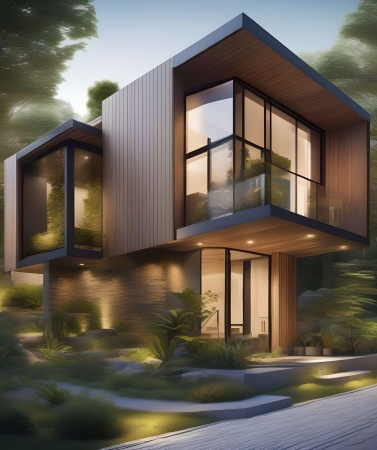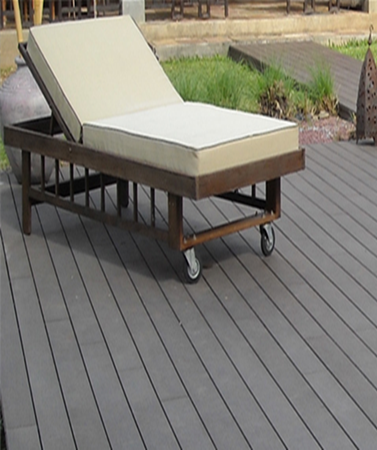 Building a Greener Future: Embracing Sustainable Building Materials
Nov 28, 2023
Building a Greener Future: Embracing Sustainable Building Materials
Nov 28, 2023
In our quest for a more sustainable and eco-friendly future, the construction industry plays a pivotal role. Choosing the right building materials is a crucial step toward reducing our environmental footprint. In this collaborative article, Wisdombuildingmaterials explore the significance of sustainable building materials and their impact on creating greener, more resilient structures.
1. The Urgency of Sustainable Building Materials: The global call for sustainable practices is louder than ever. With climate change and environmental degradation at the forefront of global concerns, the construction industry is reevaluating its practices. Sustainable building materials offer a solution, addressing both environmental and social considerations.
2. Key Characteristics of Sustainable Building Materials: Sustainable building materials are characterized by their durability, recyclability, and minimal environmental impact. From recycled steel and reclaimed wood to eco-friendly insulation materials, the market is expanding with innovative options that meet stringent sustainability criteria.
3. Energy Efficiency and Sustainable Design: Integrating sustainable building materials is closely tied to energy-efficient design. High-performance materials contribute to better insulation, reduced energy consumption, and overall lower operational costs. This synergy between material choice and energy efficiency is a cornerstone of sustainable architecture.
4. Timber and Bamboo: Nature's Building Blocks: Wood has been a traditional building material, but sustainable forestry practices ensure its continued viability. Bamboo, a rapidly renewable resource, is gaining popularity for its strength and versatility. Both materials contribute to carbon sequestration, making them environmentally sound choices.
5. Recycled and Upcycled Materials: The concept of "waste" is evolving in construction. Recycled and upcycled materials, from recycled glass to repurposed metal, offer a second life to resources that would otherwise end up in landfills. The circular economy mindset is transforming how we view and use construction materials.
6. Green Insulation Solutions: Traditional insulation materials often come with a heavy environmental cost. However, innovations in green insulation, such as recycled denim and cellulose insulation, provide eco-friendly alternatives that maintain thermal efficiency while reducing environmental impact.
7. Technological Advancements: Advancements in technology are driving the development of cutting-edge sustainable building materials. From self-healing concrete to solar-embedded building elements, these innovations are reshaping the industry, offering solutions that are both efficient and environmentally friendly.
8. Community Impact and Social Responsibility: Choosing sustainable building materials isn't just about environmental impact; it's also about social responsibility. Supporting local economies, fair labor practices, and investing in communities are integral aspects of creating truly sustainable structures.
The shift toward sustainable building materials is a collective responsibility that encompasses environmental stewardship, economic viability, and social consciousness. By embracing these materials, we lay the foundation for a future where our structures not only withstand the test of time but contribute to a healthier, more sustainable planet. Let's build a greener future, one sustainable material at a time.
#SustainableConstruction #GreenBuilding #Sustainability #BuildingMaterials #Innovation

 Building a Greener Future: Embracing Sustainable Building Materials
Nov 28, 2023
Building a Greener Future: Embracing Sustainable Building Materials
Nov 28, 2023
 WPC Composite Decking vs. First-Generation Composite: Which is the Better Choice for Your Deck?
May 11, 2023
WPC Composite Decking vs. First-Generation Composite: Which is the Better Choice for Your Deck?
May 11, 2023